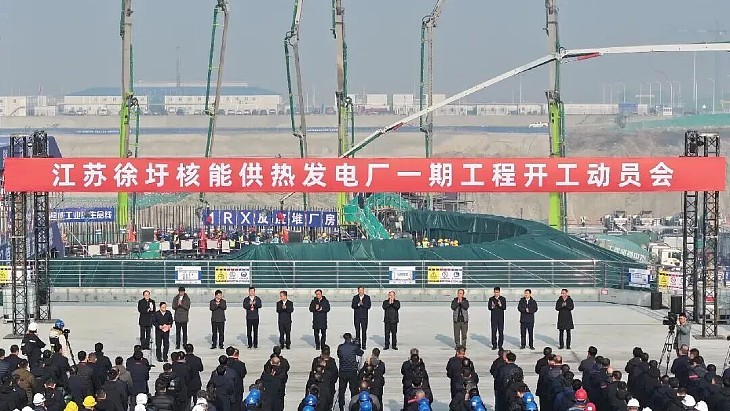The partners in the Chirundu Uranium Project joint venture in Zambia have decided that the project's feasibility study will be suspended due to current financial conditions.
Albidon Ltd of Australia and African Energy Resources Ltd - which hold 30% and 70% stakes in the project respectively - began a bankable feasibility study (BFS) for the Chirundu Uranium Project in May 2008. The project comprises two deposits: Njame and Gwabe. These deposits have indicated resources of over 9.5 million pounds U3O8 (over 3650 tU) contained within 14 million tonnes of ore.
In a statement, the partners announced that "a decision has been made to defer further progress on all aspects of the BFS." However, they said that they would continue updating the resource estimation at both deposits in order to obtain a Measured and Indicated Resource for the project. This, they said, is expected to be completed by the end of 2008. In addition, a modified metallurgical test program at the Mintek Laboratories will continue to evaluate processing options and process optimization, which will allow the completion of the process flow-sheet design.
Albidon and African Energy said that they "will continue to monitor the situation on an on-going basis to resume the outstanding components of the BFS once market conditions improve."
Zambia upgraded its mining legislation to take in uranium, following detailed consultation with the International Atomic Energy Agency (IAEA). It recently started issuing uranium mining licences.
The announcement of the suspension of the Chirundu BFS comes shortly after Uranium One announced that it had decided to put its Dominion uranium mine in South Africa in a state of 'care and maintenance'. The mine has been shut down, possibly permanently, because of start-up troubles and the sharp drop in the spot price of uranium. The mine was supposed to produce over 4 million pounds U3O8 (1520 tU) per year.
Uranium One explained that its decision was based on three main factors that ruined the project's economics. One was "inflation-related increases in project costs", another was "slower than expected ramp-up in development and uranium production," while the deciding factor appears to be the recent decline in uranium prices.





_28178.jpg)
_66891.jpg)
_16128_62584.jpg)





